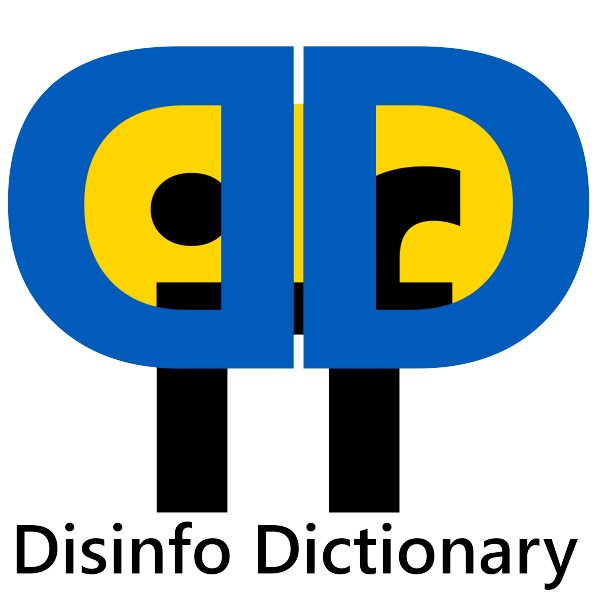47 Maidan Kyiv
Ukrainians were fed up with Russian corruption: what the Euro-Maidan in Kyiv really was.
Euro-Maidan was a popular uprising against a Russian-infiltrated government that wanted to prevent the desired rapprochement with the EU.
47.1 Euro-Maidan was justified
From the very beginning of the Maidan protest in November 2013, Russian media and pro-Russian media in Ukraine covered the events as the uprising of ultra-radical groups and even fascists. They overlooked the main aim of the protests: to fight corruption and sustain the development of Ukraine together with Europe, and started to divide the nation into Russian and Ukrainian speakers, using the narrative of common Russian and Ukrainian past within the Soviet Union and gathering the proponents of closer ties with Russia, not the EU.
Then Ukrainian president Viktor Yanukovych fled from Kyiv on 21 February; a day later, on 22 February 2014, the Ukrainian parliament passed a resolution1 establishing that Yanukovych had removed himself from fulfilling his constitutional duties. The parliament voted 328–0 (about 73% of the parliament’s 450 members) to remove Yanukovych from his post and to schedule an early presidential election for 25 May. This was later used by Russia as a pretext for accusations of the alleged “unconstitutional coup in Ukraine,” followed by the annexation of Crimea and the emergence of Russian military groups in Donbas.
47.2 No justification for russian hybrid attacks
The occupation of Crimea by armed men without insignia and subsequent annexation was followed by a wave of anti-Maidan protests and pro-Russian groups in eastern and southern Ukraine in March and April 2014. They raised Russian flags and demanded to hold local referendums on uniting with Russia. Those demonstrations were small, numbering generally in the hundreds of people, sometimes a few thousand.
However, there is evidence that these were planned provocations by the Russian authorities. At that time, crowds of Russian nationals2 were brought on buses to take part in the rallies. Around the same time, armed men without insignia took over government buildings in the Luhansk and Donetsk oblasts. On April 7, armed formations controlled by the special services of the Russian Federation announced the creation of the People’s Republic of Donetsk and the People’s Republic of Kharkiv in the captured administrative buildings. The premises of the Kharkiv Regional State Administration were vacated on the same evening by the special forces of the Ukrainian Ministry of Internal Affairs. After that, the pro-Russian movement in Kharkiv substantially subsided and effectively ceased to exist by the end of 2014.
This proves that the Ukrainian government would have been able to handle local separatist movements if not for the continuous flow of weapons from Russia under the disguise of humanitarian aid and the deployment of “volunteers” from Russia in the Luhansk and Donetsk regions.
See also the chapter on alleged “separatists” (Chapter 34) and an alleged genocide (Chapter 33) in the Donbas and about post-maidan events in Odesa (Chapter 48).
On Self-Removal of the President of Ukraine from his Constitutional Authority and Early Elections of the President of Ukraine. (2014, February 22). Official Website of the Parliament of Ukraine. Retrieved May 1, 2024, from https://zakon.rada.gov.ua/laws/show/757-18?lang=en#Text↩︎
Roth, A. (2014, March 3). From Russia, ‘Tourists’ Stir the Protests. Retrieved May 1, 2024, from https://www.nytimes.com/2014/03/04/world/europe/russias-hand-can-be-seen-in-the-protests.html↩︎

